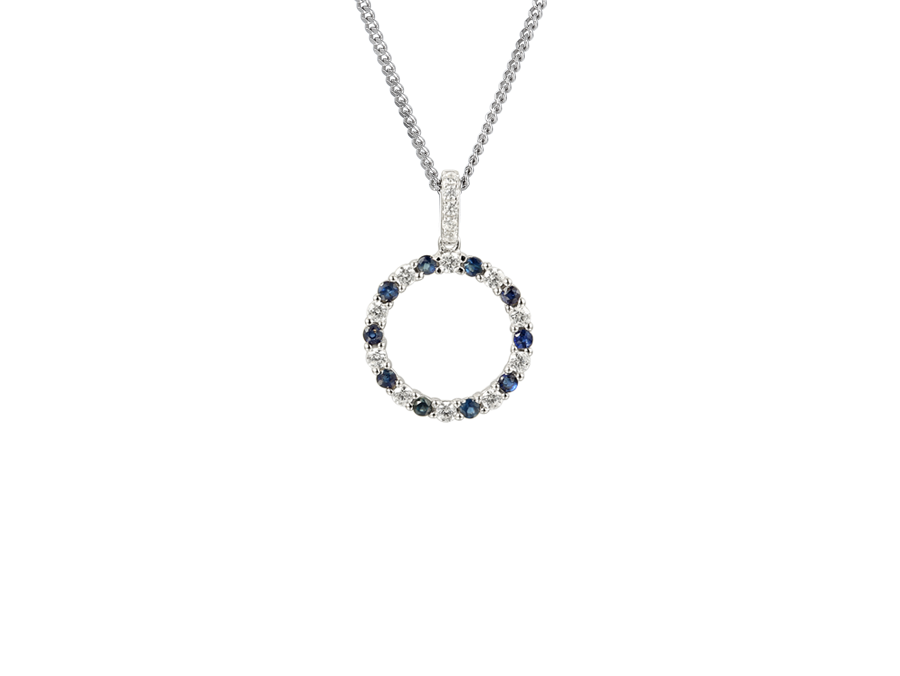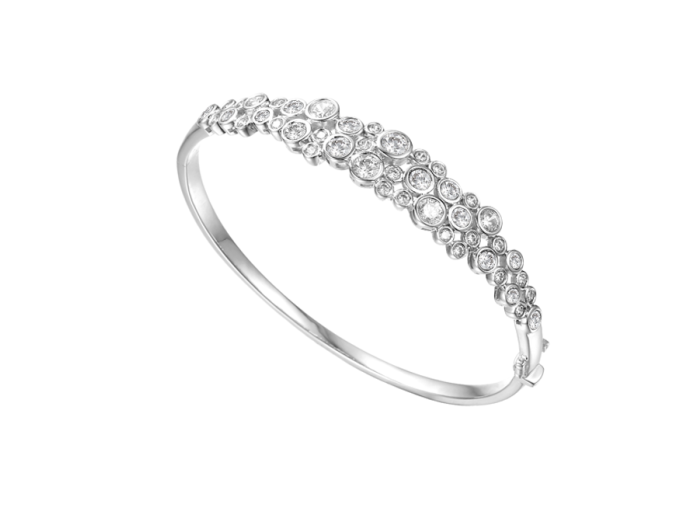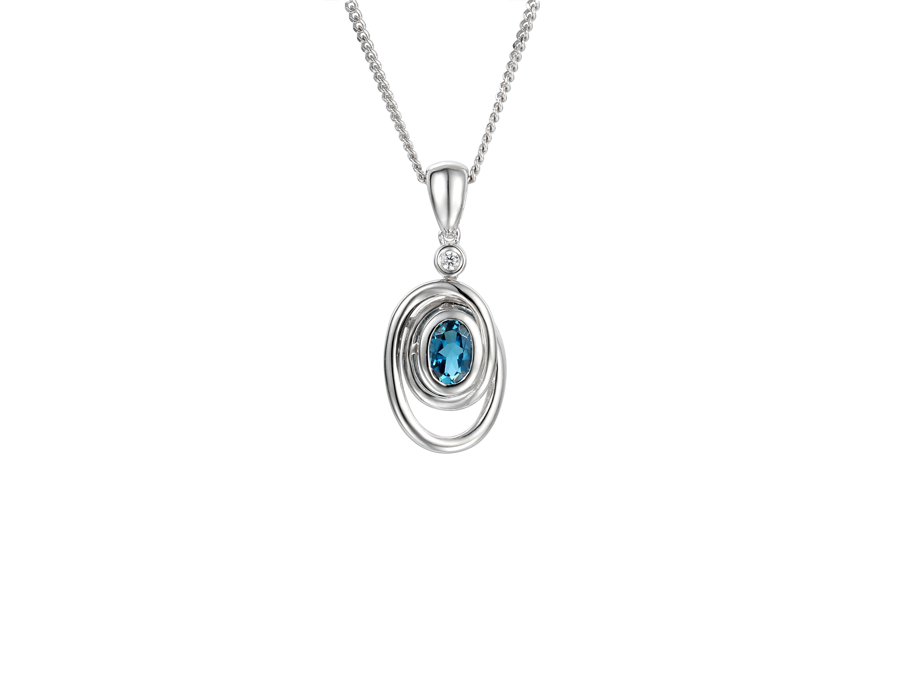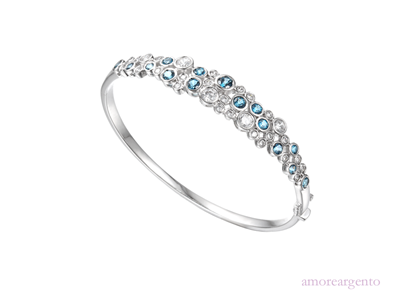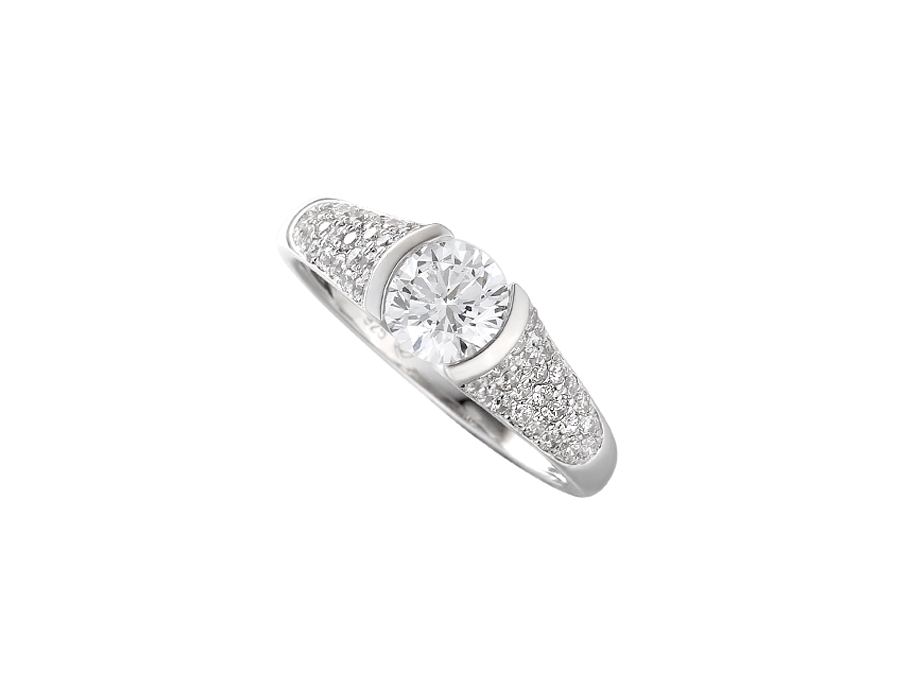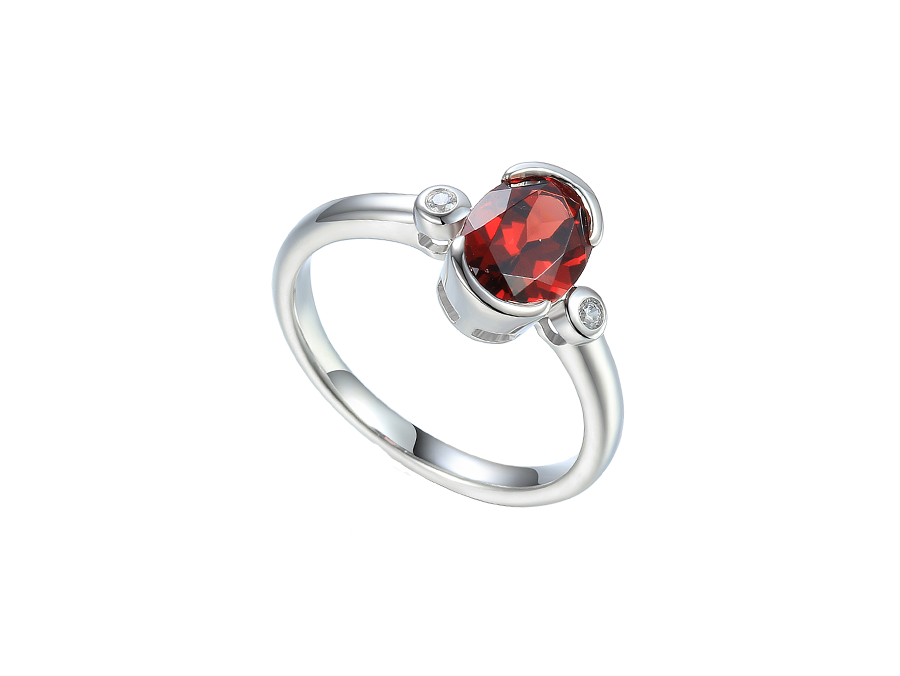We use cookies to make your experience better. To comply with the new e-Privacy directive, we need to ask for your consent to set the cookies. Learn more.
Gemstone Myths And Legends
Whatever is going on in the world there will always be conspiracy theories and fake news circulating. People like to have something positive to cling to or something that makes them feel part of a special secret and this is partly why conspiracy theories gain traction so quickly. It's not a new phenomenon, however, as these sorts of mythical stories and old wives’ tales type advice have been around for as long as humans have, in the form of superstitions and interpretations of old legends passed down through folklore.
We've touched on some of the myths out there about gemstones, but there are so many more out there waiting to be revisited, so here are some more of our favourite myths and legends about gemstones.
Opals have lots of stories attached to them; we have a whole article dedicated to the myths about this stone, many of them negative. The Aboriginals have a much more positive story about this shimmering gem – they believe that the creator of the Dream Time visited earth on a rainbow and issued forth his decree for peace among mankind before returning to heaven. The rock on which he stood transformed into Opal, absorbing and reflecting the spirit of the rainbow. Arabian legend says that opals fell from the skies with flashes of lightning, while Greek legend says that Opals can make the wearer invisible. With all the bad press opals have had over the years, it is nice to find some legends that cast a more positive light.
Moonstone is a gem that has a long history of associations. Both Hindu and Roman legends say that the stone is formed from moonbeams. The associations with the moon lead to the stone being linked to other qualities of the moon, such as emotion, fertility and romance. It was often associated with lovers, with some stories saying that two people wearing moonstone will fall deeply in love when the moon is high. Ancient cultures believed that placing a moonstone in the mouth during a full moon would provide insight into the future
As an opposite of moonstone, Amber is associated with the sun. Although not technically a gemstone, it is considered as such for jewellery and mythology purposes. Ancient Greeks thought amber was the congealed sunlight and was sacred to Apollo; while Norse religion states that when the goddess Freyja’s husband was away, she cried tears of gold and amber. Ancient Chinese legend says that amber is the spirit of the tiger.
Onyx is associated with love, as many Roman legends state that while Venus, the goddess of love, was sleeping Cupid trimmed her fingernails with his arrows. The Gods turned these clippings into Onyx, so that no part of a deity was left to perish and would last forever.
Lapis Lazuli has held associations with royalty for millennia. The Ancient Egyptians believed that the stone was sent from the skies and was intended for protection in the afterlife, so the stone features heavily in burial masks and other funerary pieces. They also made statues of Maat, the goddess of truth, from the stone, furthering the association with royalty and reverence. Ancient Sumerians also associated the stone with reverence and linked it to the goddess of love Inanna. They believed the stone container her soul and so it was reserved for love and royalty, highly prized in both aspects.
Agate is another gemstone believed to contain the spirit or soul of a god, imbuing the wearer with the virtues of fidelity, love and a bold heart. Ancient Roman farmers believed that it would ensure a bountiful harvest, while Persians believed it could divert storms and control the weather.








